-
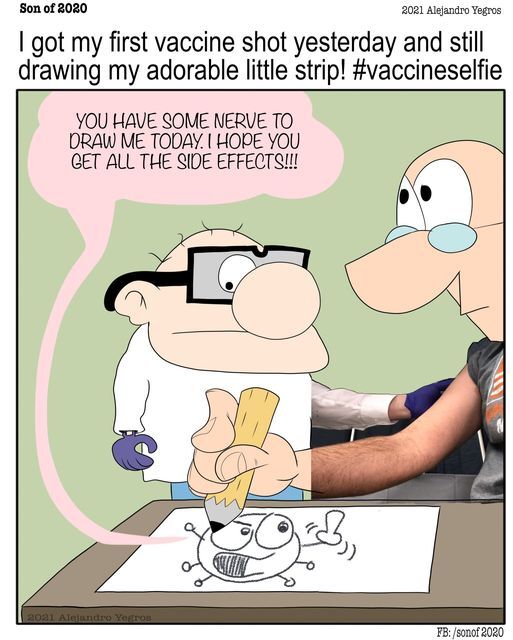
2021-03-18
A comic strip about Covid-19
-

2021-03-17
A comic strip about Covid-19
-

2021-03-16
A comic strip about Covid-19
-
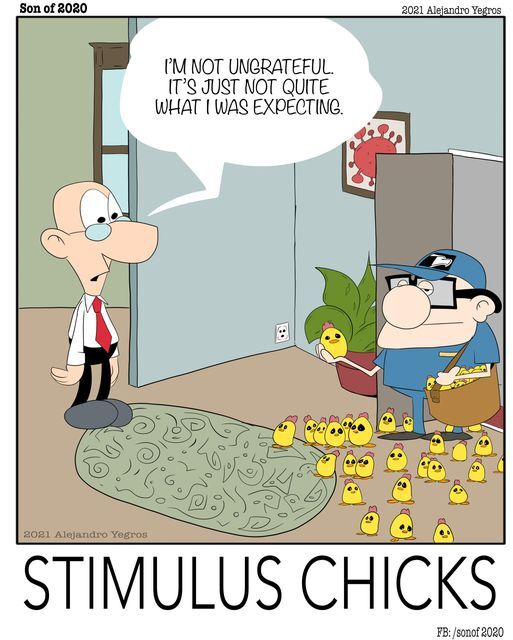
2021-03-15
A comic strip about Covid-19
-
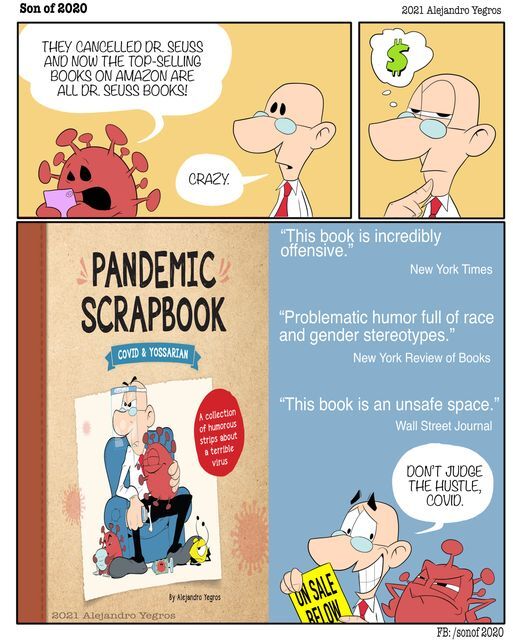
2021-03-12
A comic strip about Covid-19
-

2021-03-11
A comic strip about Covid-19
-
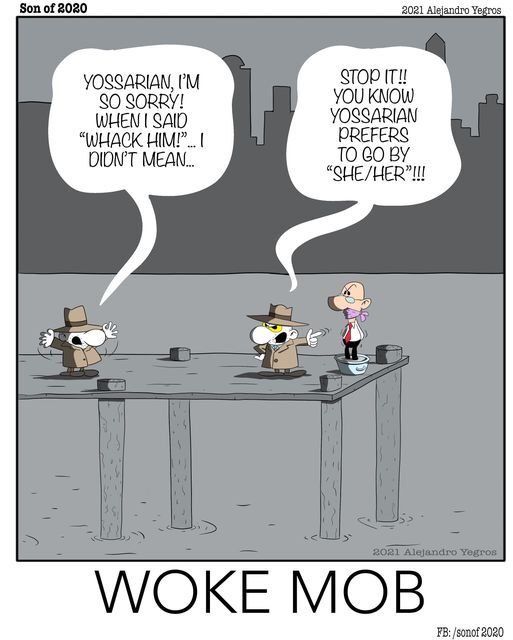
2021-03-10
A comic strip about Covid-19
-
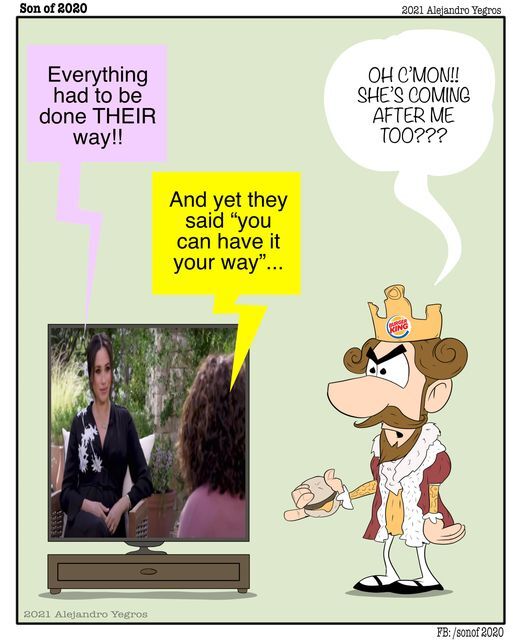
2021-03-09
A comic strip about Covid-19
-
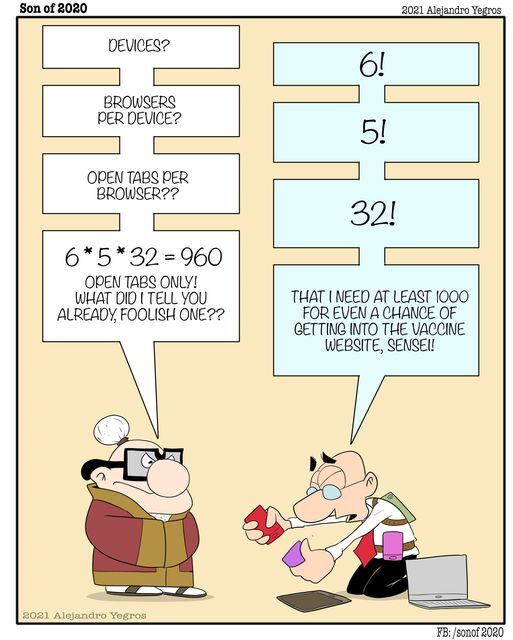
2021-03-08
A comic strip about Covid-19
-
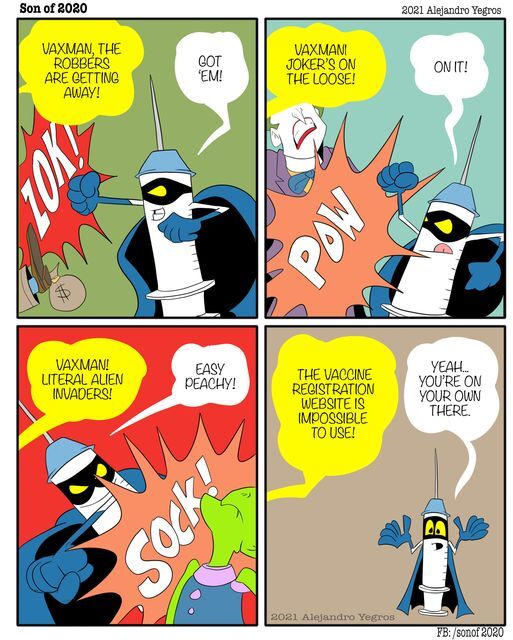
2021-03-05
A comic strip about Covid-19
-

2021-03-04
A comic strip about Covid-19
-
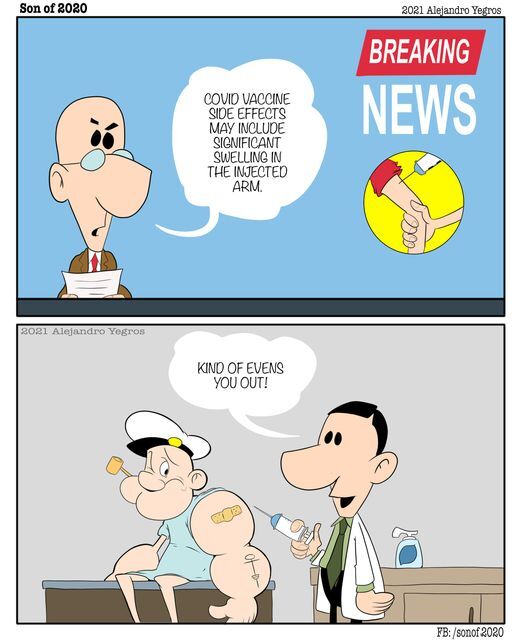
2021-03-03
A comic strip about Covid-19
-
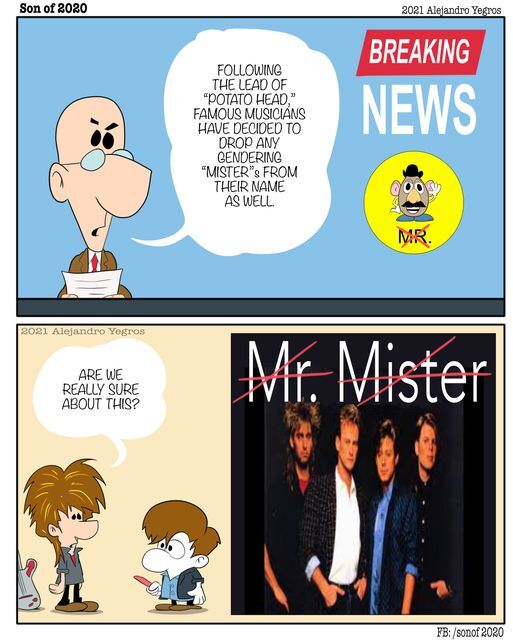
2021-03-02
A comic strip about Covid-19
-
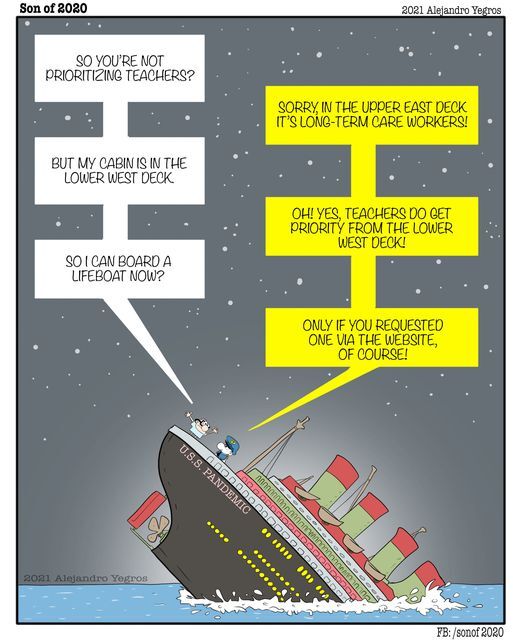
2021-03-01
A comic strip about Covid-19
-
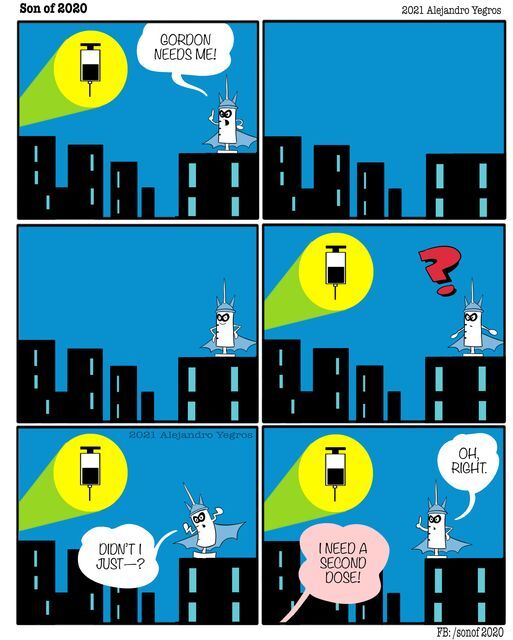
2021-02-26
A comic strip about Covid-19
-
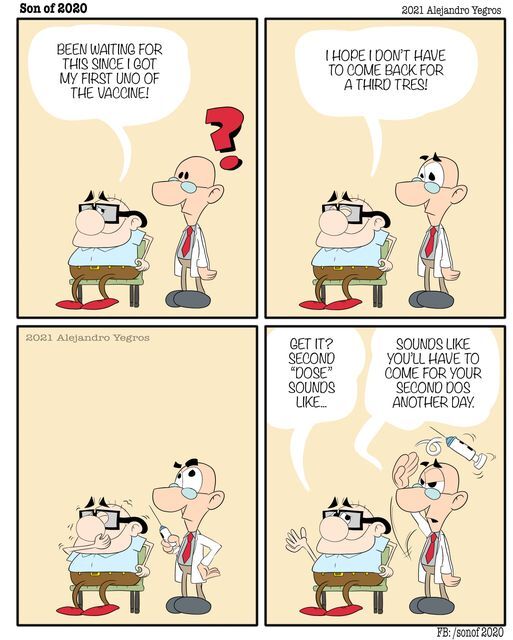
2021-02-25
A comic strip about Covid-19
-
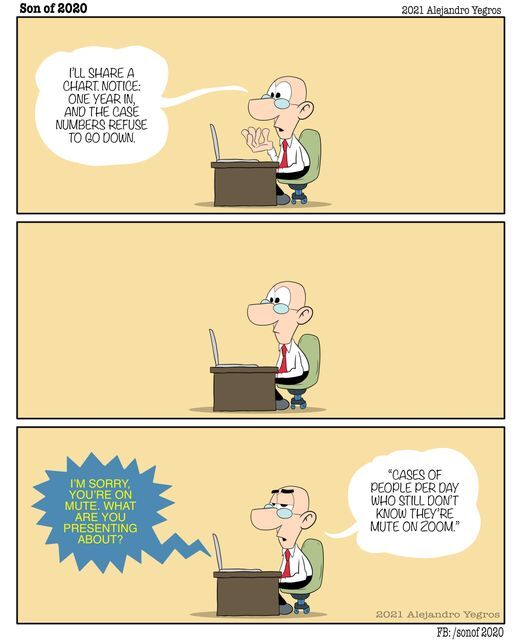
2021-02-24
A comic strip about Covid-19
-

2021-02-23
A comic strip about Covid-19
-

2021-02-22
A comic strip about Covid-19
-
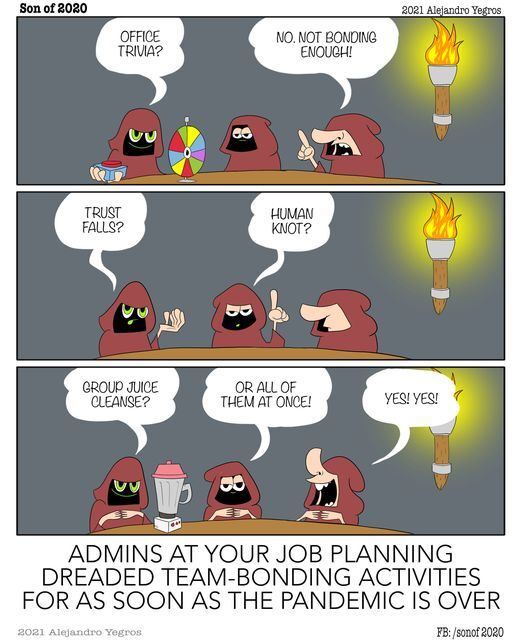
2021-02-19
A comic strip about Covid-19
-
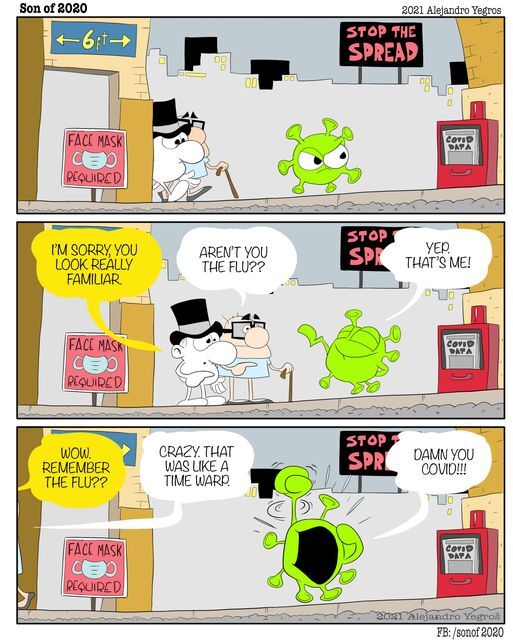
2021-02-18
A comic strip about Covid-19
-

2021-02-17
A comic strip about Covid-19
-

2021-02-15
A comic strip about Covid-19
-
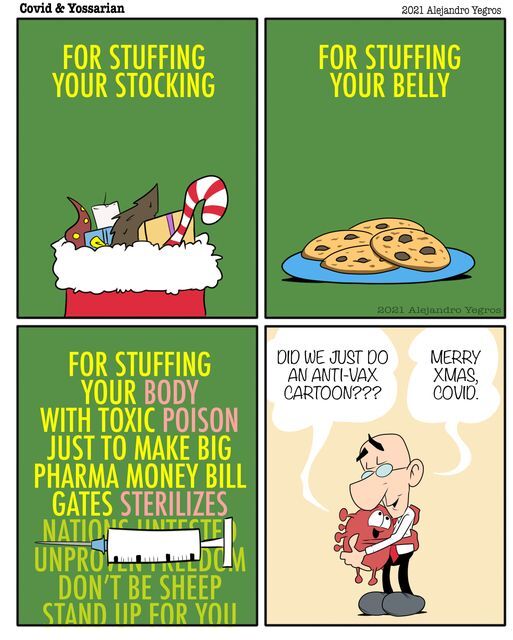
2021-12-24
A comic strip about Covid-19
-
2020-03-14
In the year of the pandemic I was not aware of everything that was occurring all around me, I did not watch the news; however, I did get news updates on my phone and people would tell me what was going on. I was working as a personal attendant at an elementary school when covid began, and I did not feel the effects that covid 19 has been changing society, the community that I lived in, and in my life until the lockdown began where everyone had to stay inside their houses. Before the lockdown began I was living a sedentary lifestyle where I would spend the whole day inside the house on my phone or watching TV, so staying in my house was an everyday thing for me and many of my family members and friends did not live near me, so I would always call them; however, I have heard about a couple of family members who I have grown up with mention to me that they had covid and before I returned to work after the lockdown was over my mother tested positive for covid, so this is when covid 19 was hitting hard to me because many people that I was close to were getting sick, when my mother was sick I began to worry whether I had covid 19, because I fell ill before her, however, I tested negative for covid 19 which I admit was a huge relief for me, but I was worried about my mothers well being, until she felt better. In news updates I heard about a lot of people who lost their jobs, and places that were shut down, because of the pandemic, so I felt fortunate to still have employment at the elementary school even if my hours were shorter than before because of the changed school hours, but I still felt fortunate that I still had employment and that none of my friends or family lost their lives to covid 19. When I first heard about the lockdown it was when I realized how truly serious the situation was, many people had trouble staying inside their houses during the lockdown; however, I always stayed inside on my phone, playing video games, and watching TV so remaining in my house was never such an issue for me since this was part of my everyday life so my sedentary lifestyle is what prepared me and got me through the lockdown during covid 19.
-

2021-02-11
A comic strip about Covid-19
-
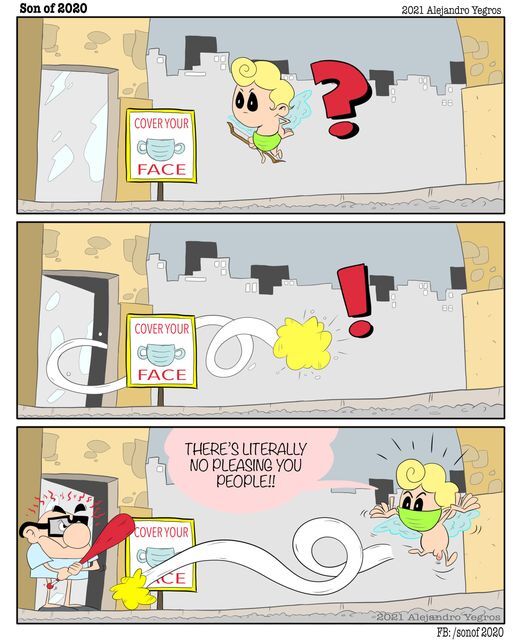
2021-02-10
A comic strip about Covid-19
-
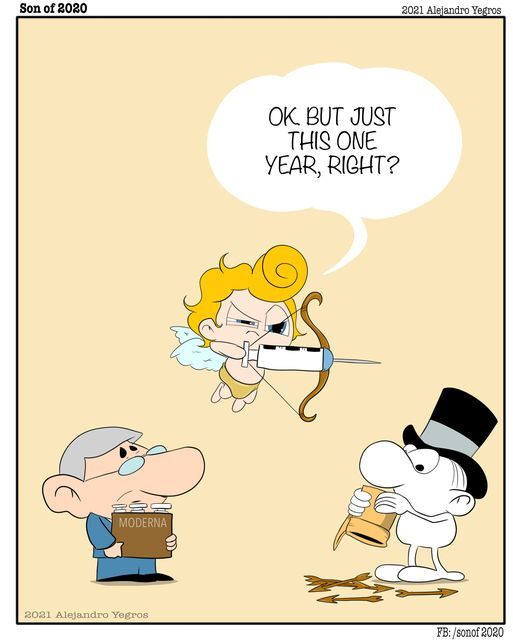
2021-02-09
A comic strip about Covid-19
-
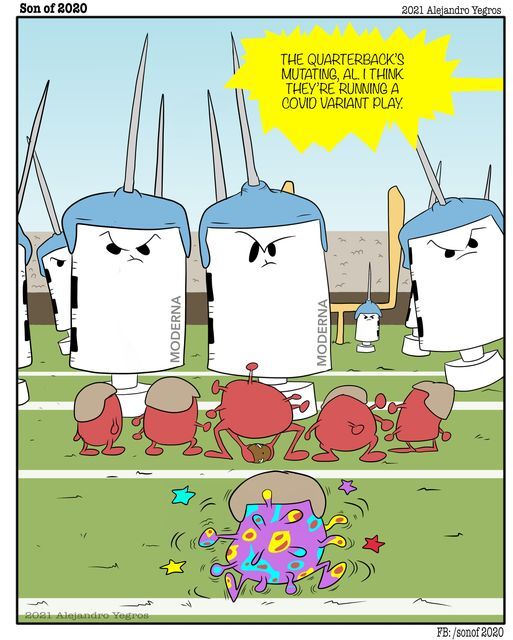
2021-02-08
A comic strip about Covid-19
-
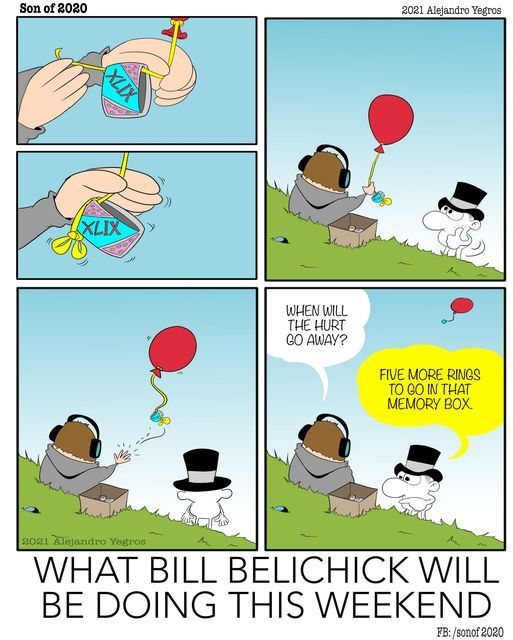
2021-02-05
A comic strip about Covid-19
-
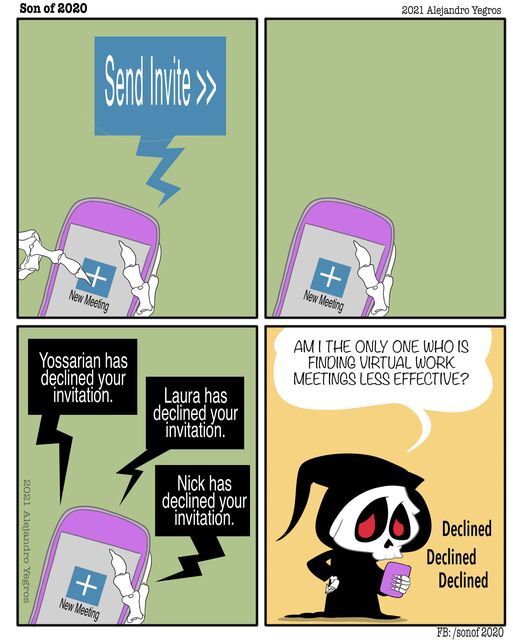
2021-02-04
A comic strip about Covid-19
-
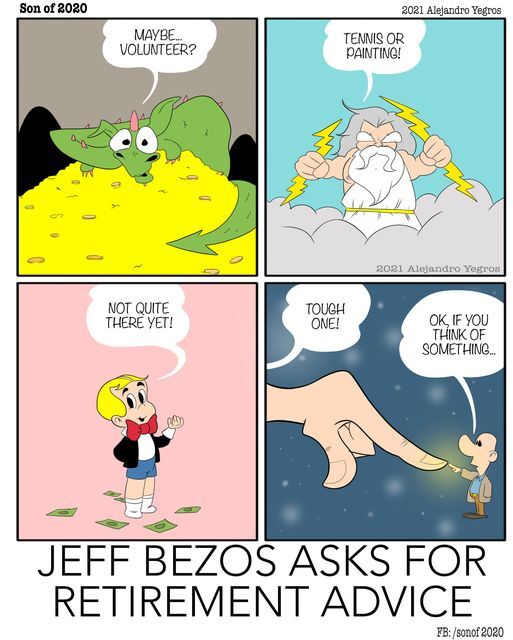
2021-02-03
A comic strip about Covid-19
-

2021-02-02
A comic strip about Covid-19
-

2021-02-01
A comic strip about Covid-19
-
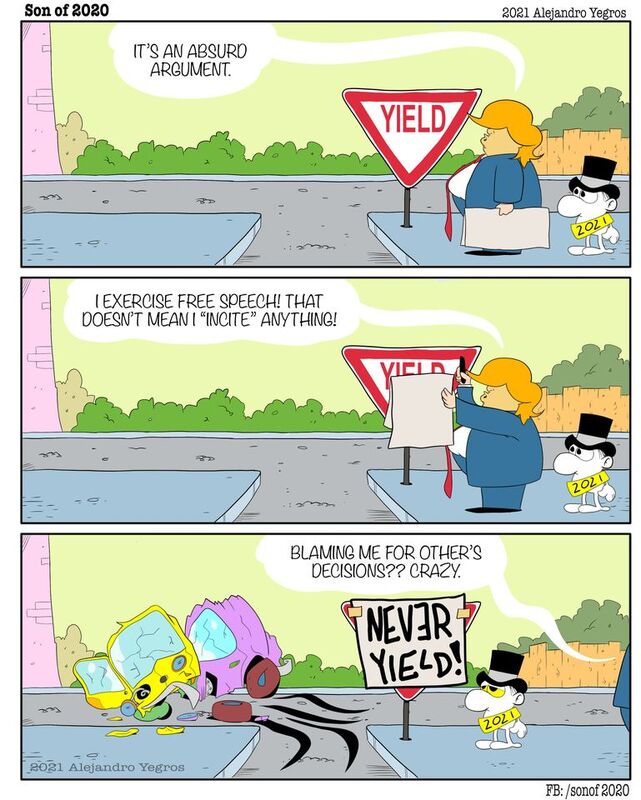
2021-01-29
A comic strip about Covid-19
-
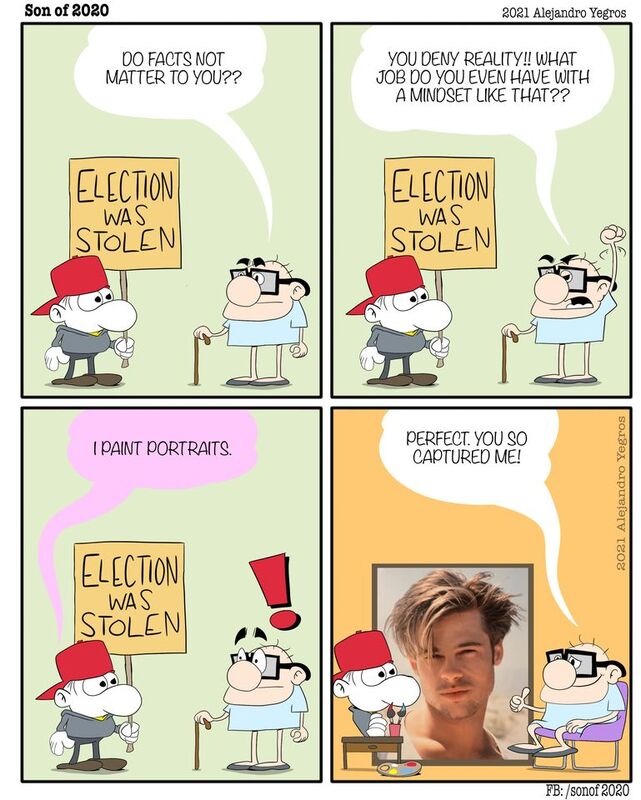
2021-01-28
A comic strip about Covid-19
-
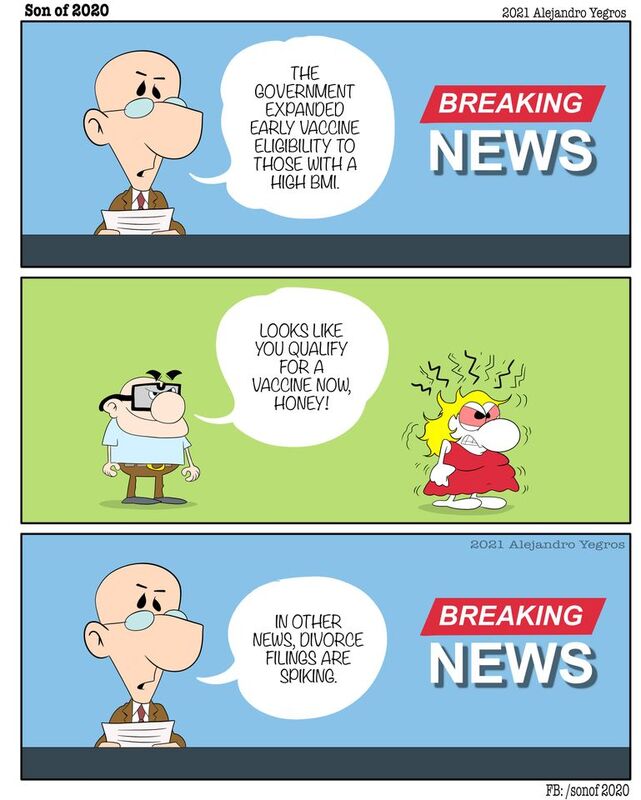
2021-01-27
A comic strip about Covid-19
-
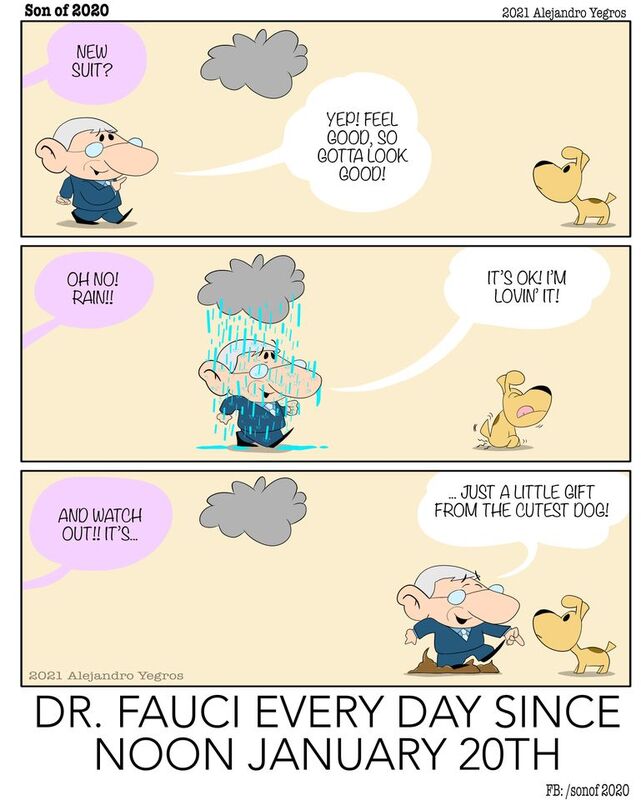
2021-01-26
A comic strip about Covid-19
-
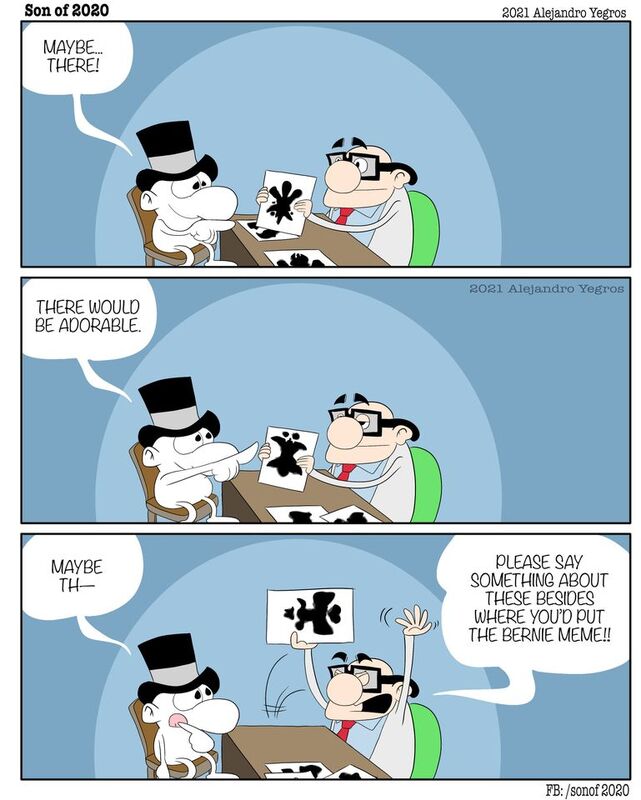
2021-01-25
A comic strip about Covid-19
-
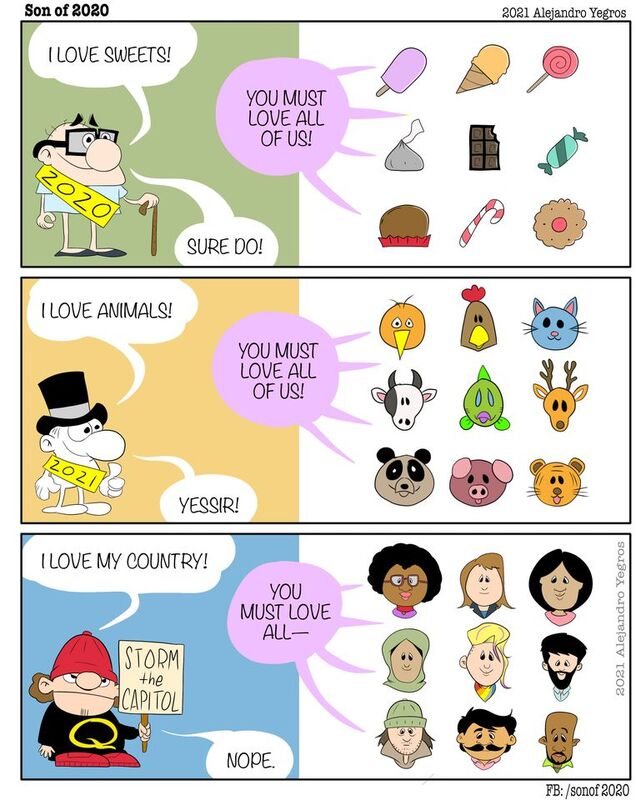
2021-01-22
A comic strip about Covid-19
-

2021-01-21
A comic strip about Covid-19
-
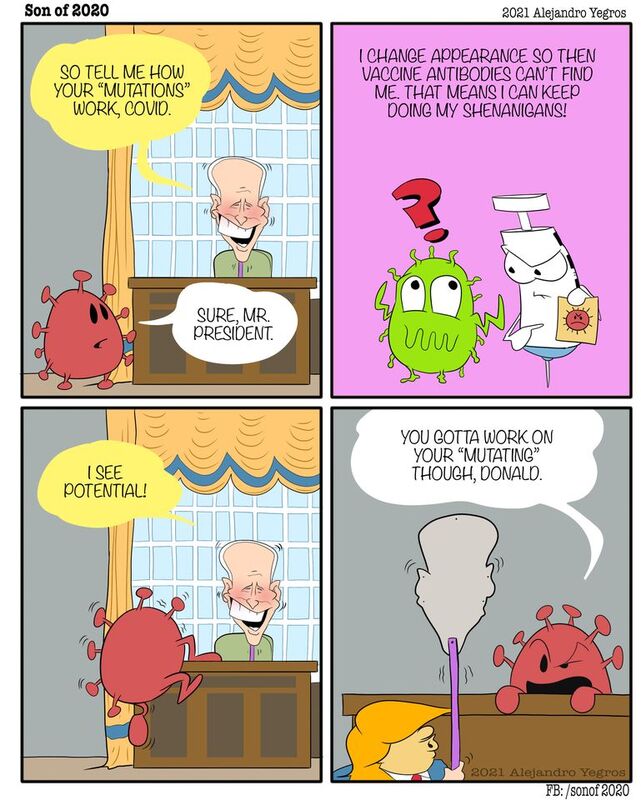
2021-01-20
A comic strip about Covid-19
-

2021-01-30
A comic strip about Covid-19
-
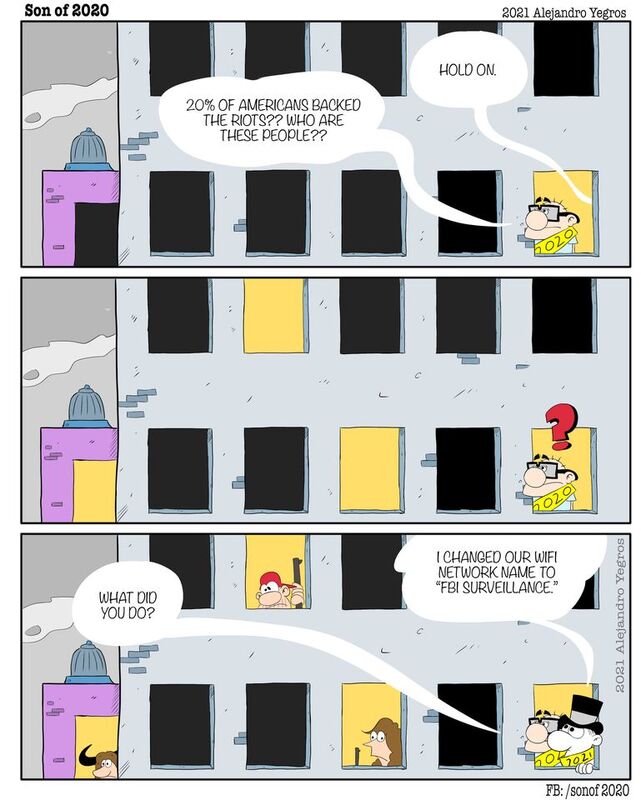
2021-01-18
A comic strip about Covid-19
-
2020-08-22
During the pandemic, like most people, I experienced high amounts of stress and feeling kind of hopeless. I would spend the majority of my day playing video games in my house which doesn't really seem like a bad thing to be doing, but over time I could feel myself being lost and not the same person anymore. This was because before the pandemic, I was constantly on the move and interacting with people, so when this was taken from me I was unable to resume the things that I had always done. I began school at a local university and found myself unable to make friends as I had easily done in the past, because my social skills had taken a huge fall due to the pandemic. I found myself being a really quiet person and would only talk when I was talked to, and also found that I did not have the drive to complete tasks that should have been easy to complete. The way I began to overcome this was when I joined a local dance group. They were practicing at a park following social distance regulations. I did not instantly feel comfortable because I was unsure of myself and was not very confident when I first joined. However, the group was very welcoming and friendly towards me and they gave me all of the time and space I needed at the time to begin coming out of the shell that the pandemic had formed around me. Within about a year, these members have become some of my closest friends and we hang out daily. My confidence has reached an all time high that honestly I think might have caused me to become bored whenever I know something is a waste of time but is something that I have to do. This isn't necessarily a bad thing because it is definitely an improvement from before where I would not attempt to do things because I did not feel the confidence to complete them. Had I not joined the group, I would've stayed in my shell and would not have made the friends I have today. They gave me a chance to become active again and become socially active as well.
-
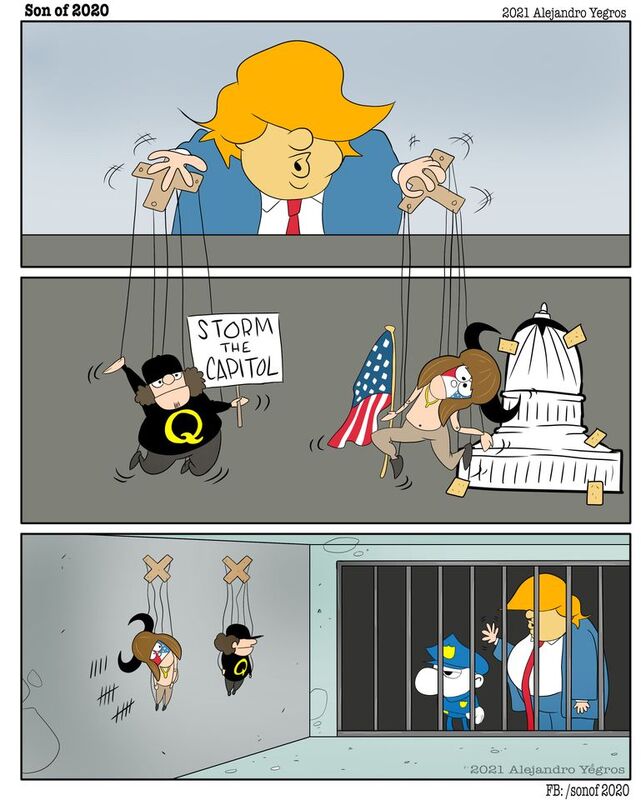
2021-01-15
a comic strip about Covid-19
-
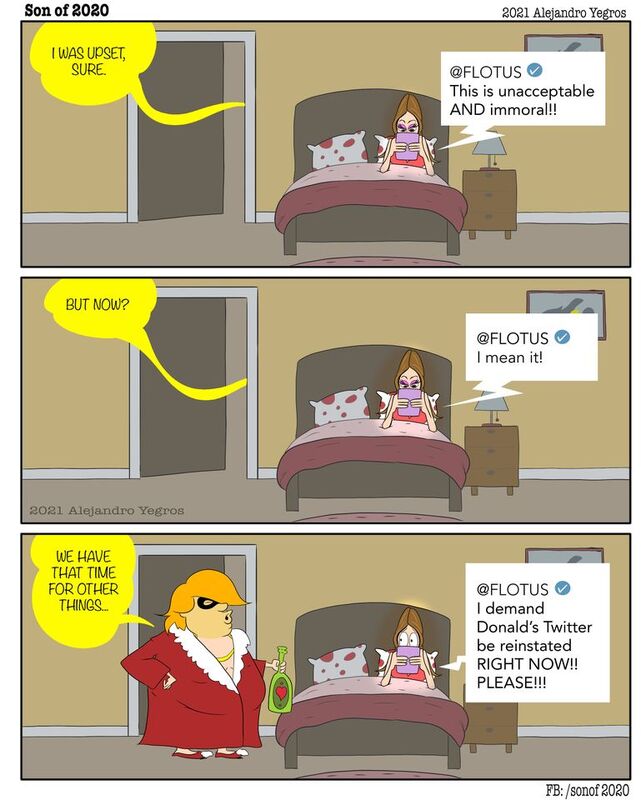
2021-01-14
a comic strip about Covid-19
-
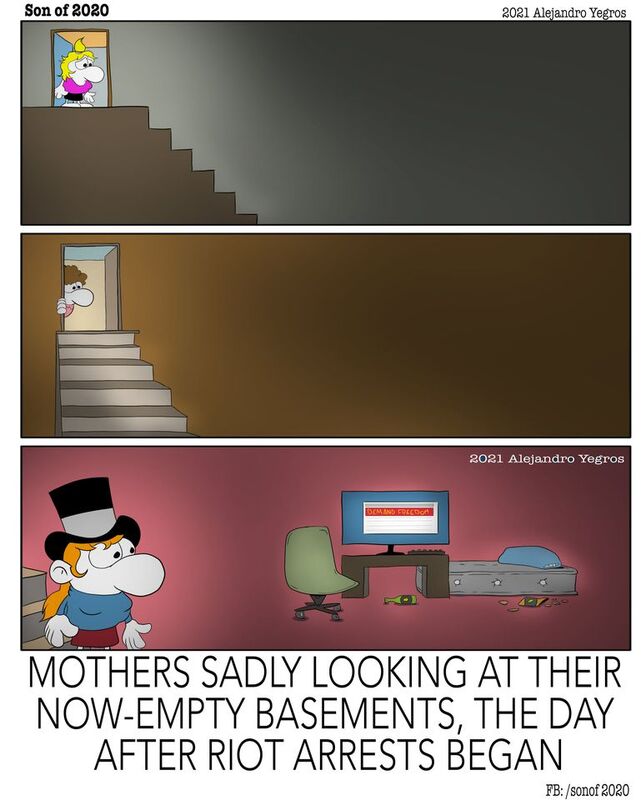
2021-01-13
a comic strip about Covid-19
-

2021-01-12
a comic strip about Covid-19
-
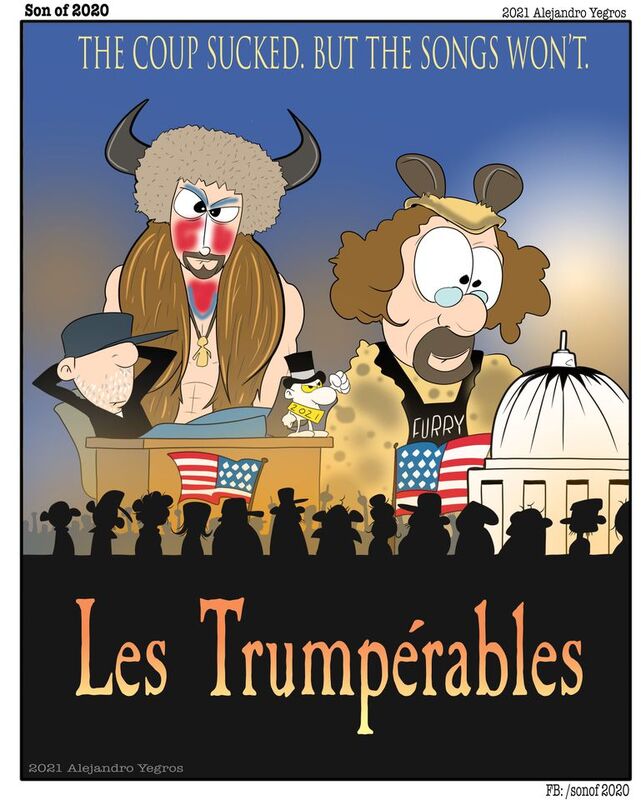
2021-01-11
A comic strip about Covid-19
 2021-03-18
2021-03-18 2021-03-17
2021-03-17 2021-03-16
2021-03-16 2021-03-15
2021-03-15 2021-03-12
2021-03-12 2021-03-11
2021-03-11 2021-03-10
2021-03-10 2021-03-09
2021-03-09 2021-03-08
2021-03-08 2021-03-05
2021-03-05 2021-03-04
2021-03-04 2021-03-03
2021-03-03 2021-03-02
2021-03-02 2021-03-01
2021-03-01 2021-02-26
2021-02-26 2021-02-25
2021-02-25 2021-02-24
2021-02-24 2021-02-23
2021-02-23 2021-02-22
2021-02-22 2021-02-19
2021-02-19 2021-02-18
2021-02-18 2021-02-17
2021-02-17 2021-02-15
2021-02-15 2021-12-24
2021-12-24 2021-02-11
2021-02-11 2021-02-10
2021-02-10 2021-02-09
2021-02-09 2021-02-08
2021-02-08 2021-02-05
2021-02-05 2021-02-04
2021-02-04 2021-02-03
2021-02-03 2021-02-02
2021-02-02 2021-02-01
2021-02-01 2021-01-29
2021-01-29 2021-01-28
2021-01-28 2021-01-27
2021-01-27 2021-01-26
2021-01-26 2021-01-25
2021-01-25 2021-01-22
2021-01-22 2021-01-21
2021-01-21 2021-01-20
2021-01-20 2021-01-30
2021-01-30 2021-01-18
2021-01-18 2021-01-15
2021-01-15 2021-01-14
2021-01-14 2021-01-13
2021-01-13 2021-01-12
2021-01-12 2021-01-11
2021-01-11